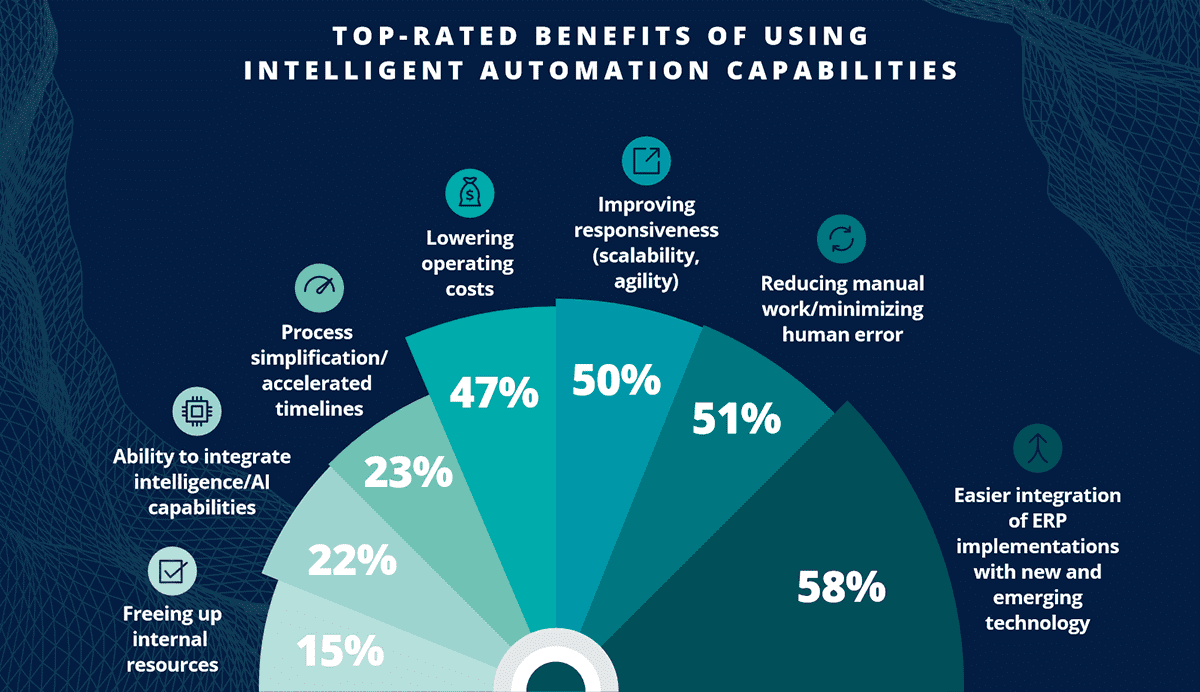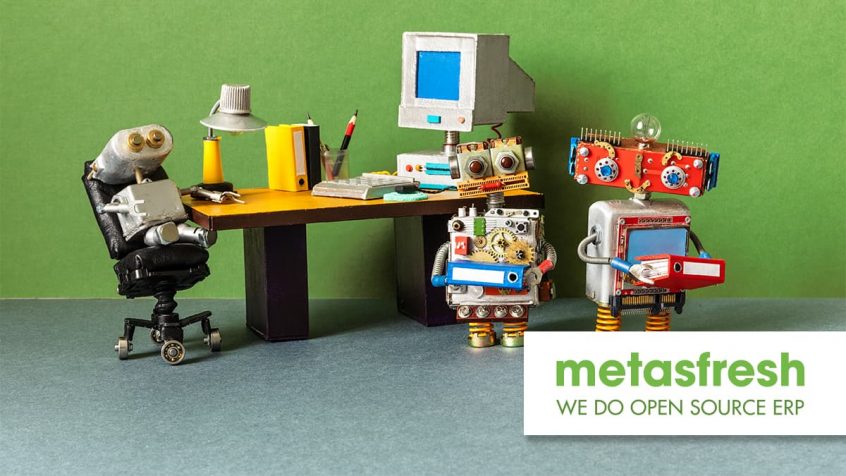Share this Post
A December 2020 survey investigating the impact of COVID-19 and automation technologies on office workers across the U.S., UK, France, and Germany revealed pervasive employee frustration about business processes that either made their jobs more challenging, wasted their time, or left feeling simply let down — so much so that 1-in-4 wanted to quit.
If employee frustration was not troubling enough, there was also the unmitigated loss of productivity. Employees and senior decision-makers in the UK wasted 40 and 54 working days a year, respectively, on routine tasks that could have easily been done by digital workers like RPA (robotic process automation) bots.
Now, productivity-based comparisons between employees and automation invariably trigger apocalyptic visions of massive layoffs. But in this specific context, we are talking about thankless and repetitive tasks that even 89% of workers agree will benefit from some form of automation. And a European study to assess the risks caused by automation found that technology typically complements rather than supplants a worker’s skills, enabling them to focus on meaningful and creative work.
A Brief Overview of the Automation Marketplace
The global RPA market, projected to touch nearly $2 billion this year, is expected to continue growing at double-digit rates through 2024 despite the pressures of the ongoing pandemic. As Gartner explains this trend, RPA enables companies to accelerate digital optimisation and improve process quality, speed and productivity to meet the demands of cost reduction during COVID-19.
RPA, however, is just a subset of a $480 billion market for hyperautomation technologies that also include low-code application platforms (LCAP), artificial intelligence (AI) and virtual assistants. Hyperautomation, as per Gartner, has become a precondition for survival in a post-COVID-19, digital-first world that will require businesses to transition from loosely coupled sets of automation technologies to a more connected automation strategy.
With all that as context, here are some of the key benefits of business automation.
Key Benefits of Business Automation
- Improved employee experience and morale: As we saw earlier, inefficient business processes not only sap employee productivity but could also exacerbate employee churn rates. Process automation can relieve employees from mundane and often counterproductive tasks and allow them to focus on more value-adding activities, thereby improving morale and enhancing the employee experience.
- Reduce errors, increase productivity: It is estimated that a business with over a million employees loses over $62 million annually because of simple, avoidable errors. Most often, this is because of the tedium of repetitive tasks that technology is inherently suited to handle. In fact, automation of repetitive tasks can boost accuracy and significantly reduce errors by as much as 57%. Automation enables people to focus on more strategic work, thereby increasing employee engagement and productivity, important factors to achieving business objectives.
- Reduce costs: Gartner estimates that by 2024, organisations will be able to reduce operational costs by as much as 30% by combining hyperautomation technologies with redesigned operational processes. Whether a business is on the first leg of the automation journey with RPA or further along with hyperautomation, automating processes will yield tangible benefits in terms of increased efficiency and reduced costs.
- Increased transparency, better process insights, focused improvements: Automation improves process visibility, thereby making it easier to understand and analyse the multiple steps involved in business processes, and make focussed improvements to augment key performance indicators (KPIs).
- Standardised processes, consistent quality: Automated processes combine optimally designed task sequence steps with reliable execution to deliver consistent quality of outcomes.
Business automation technologies like RPA enable businesses to easily automate high-volume, repetitive tasks to increase productivity, efficiency, and quality. However, as mentioned earlier, strategic automation requires that companies transition from loosely coupled sets of automated processes to a coordinated and connected approach to enterprise-wide automation. An important step in this transition would be to combine technologies like RPA with ERP, the core engine of every modern enterprise, to create a multiplier effect.
RPA + ERP for Increased ROI
Combining RPA and ERP can deliver higher ROI, provide a holistic view of operations and enable businesses to fully leverage the potential of both automation software and ERP.
A key advantage of combining automation and ERP is the elimination of data bottlenecks and the streamlining of data flow across all enterprise systems. Integrating RPA with ERP allows businesses to automate data entry and data migration in existing ERP systems, enable real-time enterprise-wide data sharing and accelerate time-to-insight.
However, there are instances where organisations leverage RPA to automate business processes connected to legacy ERP systems. In the short term, this approach provides a quick fix to legacy ERP modernization without the complexity or resource intensiveness of strategic ERP transformation. However, this is an unsustainable strategy that will only deliver incremental improvements at best.
Another approach is to deploy technologies like RPA to address performance gaps that exist between modern cloud ERP systems and legacy enterprise applications. Again, this is at best viewed as a tactical, stop-gap intervention rather than strategic, connected automation.
Both these approaches leverage the power of automation to circumvent performance bottlenecks in enterprise technology ecosystems. The optimal strategy would be to combine best-of-breed modern ERP systems and automation software to systematically scale automation across the enterprise.
Blending Modern ERP with Intelligent Automation

Intelligent automation can help organizations make faster and smarter decisions without human intervention. —Source: deloitte.com
According to a recent IDG survey, modernizing ERP systems and capitalising on intelligent automation capabilities provides the agility and data-driven insights required for businesses to compete successfully in an increasingly challenging business environment. There are several advantages to this blended strategy, including process simplification, lower operating costs, fewer human errors, etc. However, the biggest benefit is the easier integration of ERP systems with emerging technologies.
Most modern ERP systems come with extensive automation capabilities out-of-the-box. For instance, our metasfresh ERP platform features a central management and control system that enables precise planning, control and execution of all business processes. The platform’s flexible foundation is designed to streamline the integration process for emerging and future technologies. Plus, a weekly release cycle means that existing performance gaps, as well as new technical possibilities, are quickly and regularly rolled out to all metasfresh customers.
The optimal automation strategy, therefore, starts with process mapping to identify inefficient processes and workflows, data bottlenecks, and new opportunities to integrate and automate disparate IT systems. The focus has to be on achieving automation at scale, across the smallest tasks and the processes in the enterprise, by synergising the unique automation capabilities of both modern ERP systems and contemporary automation technologies.
Talk to us here at metasfresh. Since 2006, we have been developing our metasfresh ERP software non-stop with open source components and under the open source licenses GPLv2 and GPLv3. Our mission is to enable each and every company to access a powerful ERP system with the aim of fuelling corporate growth. Get in touch today for more information and insights.
Share this Post



